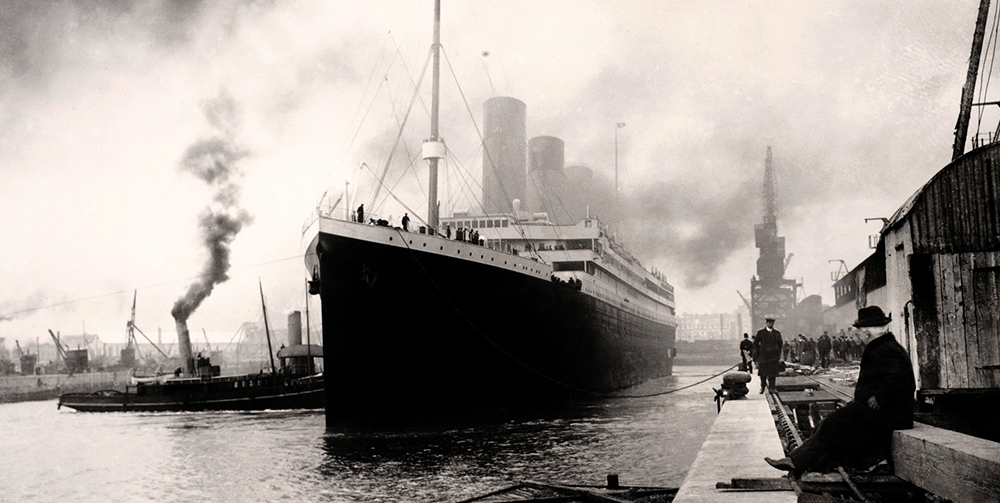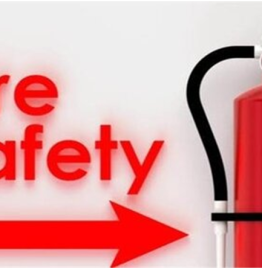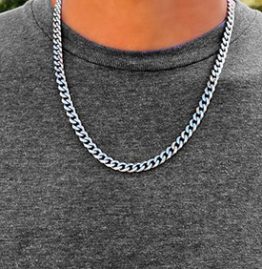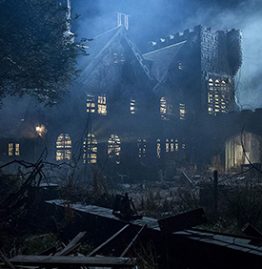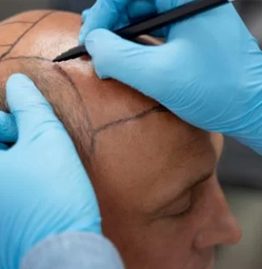Tragic Titanic incident is the world’s biggest tragedy. There was a massive effort to find survivors after the Titanic sank. Immediately after the disaster, several ships were dispatched to the area. The Carpathia, the ship closest to the Titanic at the time of her sinking, arrived at the scene almost an hour after the disaster and immediately began searching for survivors. About five hours later, the Californian, further away when she heard the distress call, arrived.
How did crew members retrieve bodies from the ocean?
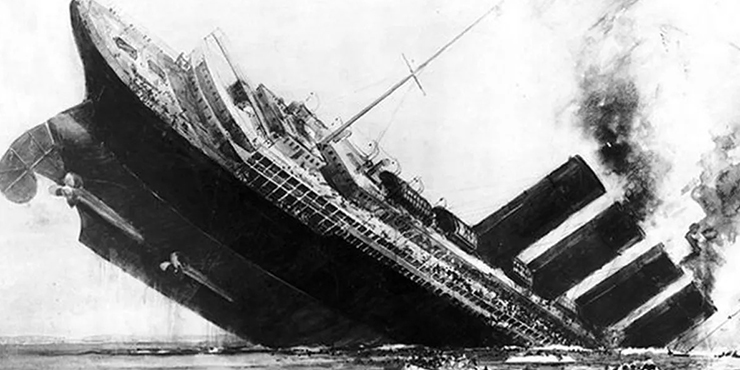
On April 20th, 1912, she arrived at the wreck and was able to retrieve 306 bodies. Only 56 of the 116 unknown third-class passengers were ever identified after their bodies were buried at sea due to a lack of preservation materials. Still, with over 190 remains on board, including that of John Jacob Aster IV, for whose retrieval the crew shared a reward of $100,000, she returned to the Canadian port of Halifax.
Missing accounts for more than 1500
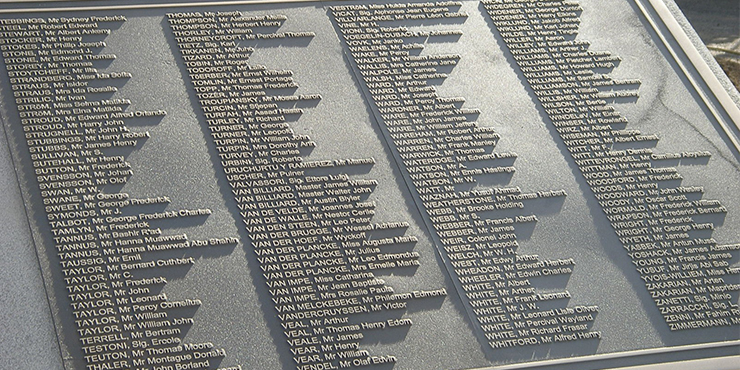
Most accounts of the Titanic’s history conclude with the ship’s sinking in April 1912, the subsequent rescue of survivors, and the resulting scandals and safety improvements aboard ocean liners. When will we find out what happened to the Titanic’s victims? The North Atlantic claimed the lives of the majority of the almost 1,500 casualties. The crews of four recovery vessels only managed to retrieve 337 bodies.
The Minia, Montmagny, and Algerine were also chartered by the White Star Line to aid in the recovery effort and search for and retrieve bodies. The CGS Acadia, a ship operated by the Canadian government, also contributed to the search-and-rescue operation. Finding and collecting the victims was a difficult and terrible because of the chilly water and strong currents.
A tragic incident with casualties
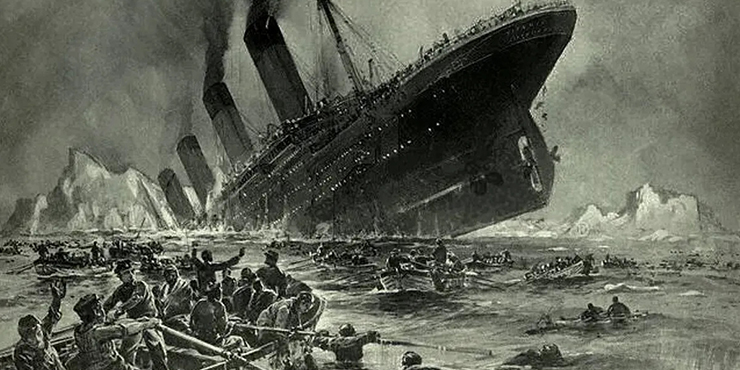
Given the tragic circumstances, the bodies of the Titanic’s passengers were handled with the utmost respect and decency when they were pulled from the water. The bodies were usually brought aboard the ships that participated in the recovery effort and treated with various methods to keep them fresh until they reached land again.
The ships that participated in the recovery operation dragged grappling hooks across the ocean floor, pulled victims from the sea using long poles with clips attached, and even dove to the bottom to recover bodies. Over 300 bodies were pulled from the ocean days and weeks after the Titanic accident. The ship’s debris buried many of the missing passengers’ bodies beneath the North Atlantic floor.
Wrapping up
One of the first things done to the dead was to try to identify them. Bodies were usually laid out on the ship’s deck for identification, and any things found with or near the deceased were documented and stored in sealed plastic bags.















